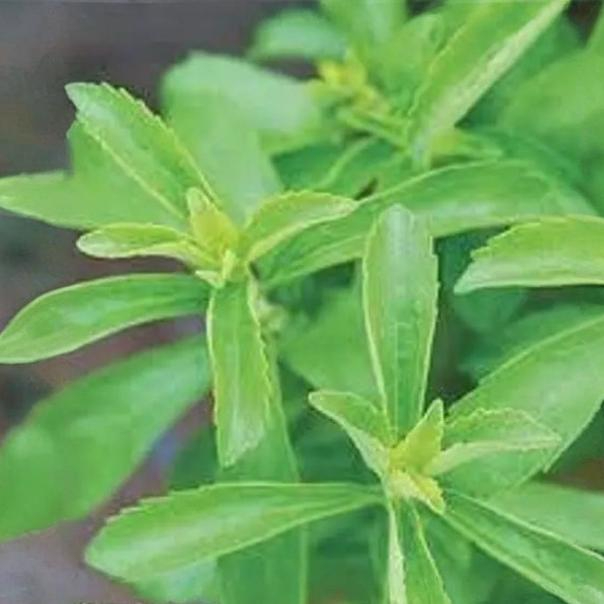

thiruga kalli
₹199.00 Original price was: ₹199.00.₹129.00Current price is: ₹129.00.
Details:
The Thiruga Kalli (African Tulip Tree) is a stunning and fast-growing tree that adds beauty and vibrancy to any landscape. With its bright orange-red flowers, large canopy, and relatively low-maintenance care requirements, it is a popular choice for ornamental purposes in tropical and subtropical climates. While it does have medicinal and practical uses, it is primarily valued for its aesthetic qualities.
Description
The Thiruga Kalli plant, also known as Thirukalli or African Tulip Tree (Spathodea campanulata), is a striking ornamental tree native to tropical Africa. It is renowned for its vibrant flowers and fast-growing nature, making it a popular choice in gardens and parks.
Here is a detailed description of the Thiruga Kalli plant:
Scientific Name:
- Spathodea campanulata
Common Names:
- Thiruga Kalli, Thirukalli, African Tulip Tree, Flame of the Forest, Fountain Tree
Appearance:
- Size: The Thiruga Kalli tree is a large, evergreen tree that can reach heights of 10 to 25 meters (33 to 82 feet). Its expansive canopy makes it ideal for providing shade in large gardens or parks.
- Leaves: The leaves are large, glossy, and dark green, typically compound in structure with multiple leaflets arranged opposite each other on the stem. The foliage is dense and provides a lush backdrop to the tree’s beautiful flowers.
- Flowers: The most distinctive feature of the Thiruga Kalli is its striking flowers. The tree produces large, trumpet-shaped flowers that are bright orange to red in color with a yellow throat. These flowers often bloom in clusters and create a spectacular display, resembling a flame, hence the name Flame of the Forest.
- Fruit: The fruit of the Thiruga Kalli tree is a large, woody capsule that contains numerous seeds. These capsules are formed after the flowering season and split open when mature, releasing the seeds.
- Bark: The bark is rough, brownish, and becomes furrowed with age.
Habitat:
- Native Region: The plant is native to tropical regions of West and Central Africa, specifically countries like Cameroon, Nigeria, and parts of tropical Africa.
- Growing Conditions: It thrives in tropical and subtropical climates. The plant prefers full sunlight and well-drained soils, but it is adaptable to different soil types. It grows best in areas with consistent rainfall but is also relatively drought-tolerant once established.
Ornamental Use:
- Aesthetic Value: The Thiruga Kalli is primarily valued for its stunning ornamental flowers. It is often planted in gardens, parks, and streets for its striking display of vibrant blooms, especially during the flowering season (typically in the spring or summer). The large flowers, combined with the tree’s rapid growth, make it a popular choice for enhancing landscapes.
- Shade: Due to its size and dense canopy, the tree provides excellent shade, making it a good choice for large outdoor spaces.
Medicinal Uses:
- While Thiruga Kalli is primarily grown for ornamental purposes, some parts of the tree are used in traditional medicine in its native regions. The bark and leaves are believed to have medicinal properties:
- Antimicrobial and Antifungal: Extracts from the leaves and bark may have antimicrobial and antifungal effects, which are useful for treating skin infections and wounds.
- Anti-inflammatory: Some traditional remedies use parts of the tree to reduce inflammation and alleviate symptoms of arthritis and joint pain.
Care and Cultivation:
- Sunlight: The Thiruga Kalli tree thrives in full sunlight, making it ideal for open spaces with plenty of exposure to the sun.
- Watering: While it is relatively drought-tolerant once established, the tree benefits from regular watering, especially during dry spells. However, it should not be overwatered, as this can lead to root rot.
- Soil: It prefers well-drained soils but can tolerate a variety of soil types. Rich, loamy soil provides the best growing conditions.
- Temperature: The Thiruga Kalli tree requires warm temperatures to thrive. It is suited for tropical and subtropical climates and is sensitive to frost, making it unsuitable for regions with cold winters.
Pruning and Maintenance:
- Pruning: Regular pruning is essential to maintain the shape of the tree and remove any dead or damaged branches. It also helps to prevent the tree from becoming too leggy or sparse.
- Maintenance: The tree is relatively low-maintenance once established, but it may require occasional watering and pruning to keep it healthy and thriving.
Other Uses:
- Wood: The wood of the Thiruga Kalli tree is sometimes used for construction purposes, including furniture, though it is not as commonly harvested as other tree species.
- Erosion Control: Due to its rapid growth and extensive root system, the Thiruga Kalli tree can also be used for soil stabilization and erosion control in certain environments.
Environmental Impact:
- Invasive Species: In some regions outside its native range, such as parts of India and Sri Lanka, the Thiruga Kalli tree has become an invasive species. Its rapid growth and ability to thrive in different environments can outcompete local vegetation, making it important to monitor its spread in non-native areas.



Reviews
Clear filtersThere are no reviews yet.